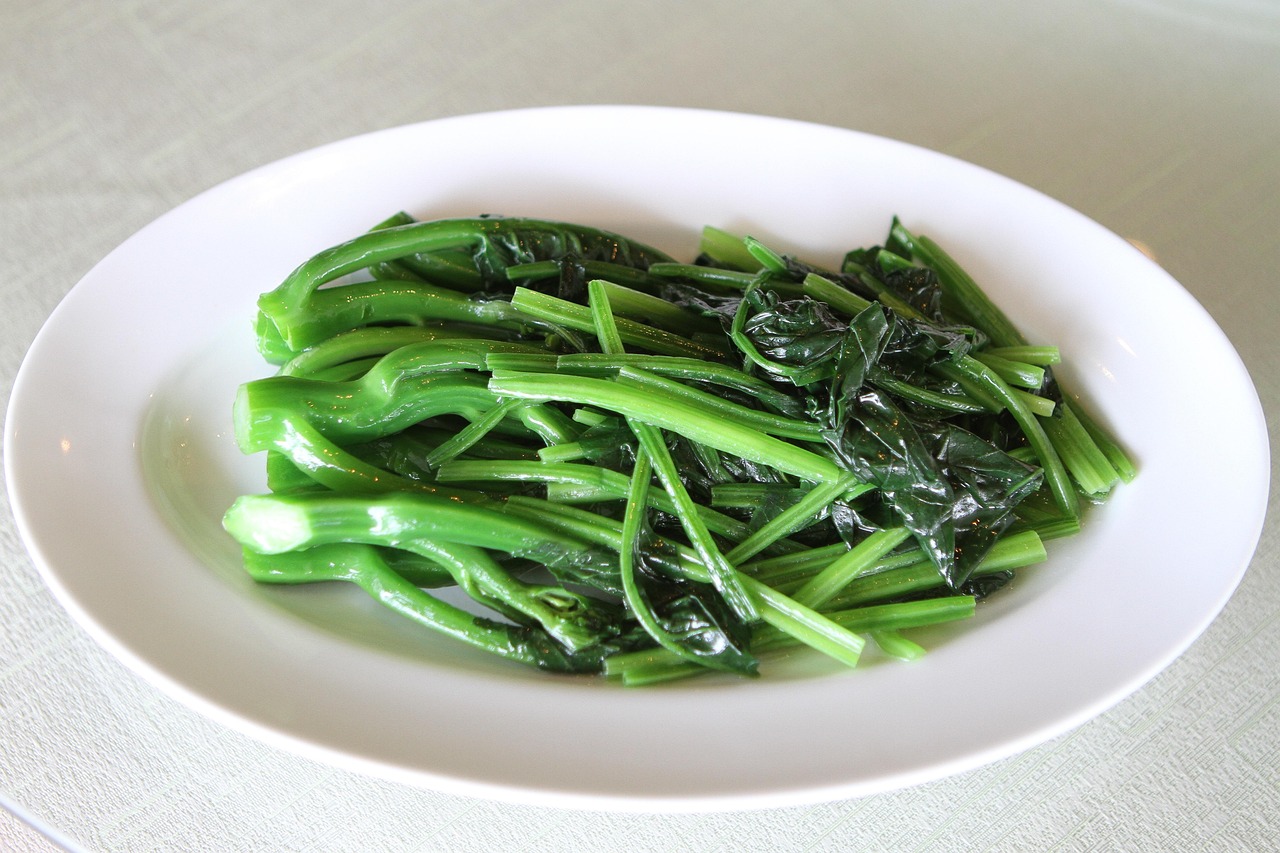As new research continues to reshape our understanding of nutrition and health, calcium and kale remain at the forefront of dietary recommendations in 2024. Both nutrients play vital roles in maintaining bone density, supporting cardiovascular health, and contributing to overall well-being. This article dives into the latest findings, exploring how these two essential dietary components impact long-term health and how best to incorporate them into a balanced diet.
Calcium: The Foundation of Strong Bones
Calcium is the most abundant mineral in the human body and is fundamental to maintaining healthy bones and teeth. According to updated 2024 guidelines from the National Institutes of Health (NIH) and the European Food Safety Authority (EFSA), adults aged 19-50 require approximately 1,000 mg of calcium per day, while individuals over 50 should increase their intake to 1,200 mg to compensate for age-related bone loss.
Recent studies confirm that calcium does more than just strengthen bones; it plays a crucial role in blood clotting, muscle contraction, nerve transmission, and hormone secretion. While 99% of the body’s calcium is stored in bones and teeth, the remaining 1% circulates in the bloodstream, where it contributes to essential metabolic functions.
The Link Between Calcium and Osteoporosis Prevention
Osteoporosis remains a significant public health concern, particularly among postmenopausal women and aging adults. A groundbreaking 2024 study published in the Journal of Bone and Mineral Research highlighted the importance of maintaining adequate calcium levels to prevent bone mineral density loss. The study found that individuals with consistent dietary calcium intake, coupled with sufficient vitamin D exposure, experienced a 35% lower risk of fractures compared to those with insufficient intake.
One of the biggest misconceptions about calcium supplementation is that "more is better." However, experts now warn that excessive calcium intake, particularly from supplements, may lead to calcium deposits in arteries, increasing the risk of cardiovascular diseases. Moderation and balance are key, and consuming calcium-rich foods alongside vitamin K2—found in kale—can help direct calcium into bones rather than soft tissues.
Kale: A Plant-Based Calcium Powerhouse
Kale has long been celebrated as a nutrient-dense superfood, and recent research confirms its impressive health benefits. In 2024, an extensive study conducted by the Institute of Plant-Based Nutrition found that kale provides 328 mg of calcium per 80 g serving, making it a superior plant-based alternative to dairy. More importantly, kale’s low oxalate content allows for higher calcium absorption compared to spinach and other leafy greens.
Beyond calcium, kale is packed with essential vitamins and minerals, including vitamin K, vitamin C, and beta-carotene. Vitamin K, in particular, plays a vital role in bone metabolism and helps regulate calcium distribution in the body. A single serving of kale provides over 600% of the daily recommended intake for vitamin K, making it an essential component of a bone-strengthening diet.
Calcium Absorption: What You Need to Know
While consuming calcium-rich foods is important, the body's ability to absorb and utilize calcium effectively is influenced by several factors:
Vitamin D: Adequate levels of vitamin D enhance calcium absorption in the intestines. A 2024 review from the Harvard T.H. Chan School of Public Health confirmed that individuals with low vitamin D levels absorb up to 50% less calcium than those with sufficient levels. Sunlight exposure, fortified foods, and supplementation remain the best sources of vitamin D.
Magnesium: This mineral plays a crucial role in activating vitamin D, which in turn regulates calcium absorption. Studies suggest that diets deficient in magnesium can lead to poor calcium metabolism and increased risk of osteoporosis.
Calcium Source: Not all calcium sources are equal. Dairy products have long been considered the gold standard, but newer research suggests that calcium from kale and other leafy greens is more bioavailable, meaning the body can absorb it more efficiently.
Calcium Supplements: Are They Necessary?
For those who struggle to meet their calcium needs through diet alone, supplementation can be beneficial. However, the choice of supplement matters: Calcium Carbonate: Contains the highest amount of elemental calcium (about 40%) but requires stomach acid for absorption. It is best taken with meals. Calcium Citrate: Easier to absorb and does not require stomach acid, making it ideal for individuals with digestive issues or those taking acid-reducing medications. Experts recommend splitting calcium supplementation into two doses, as the body can only absorb approximately 500 mg at a time. Additionally, pairing supplements with vitamin D and magnesium can enhance absorption.
How to Incorporate Kale into Your Diet
With its slightly bitter and earthy flavor, kale is incredibly versatile. Here are some simple ways to add more kale to your daily diet:
Raw: Chop kale into salads and mix with lemon juice and olive oil to soften its texture.
Blended: Add kale to smoothies with bananas and berries for a nutrient-packed drink.
Cooked: Sauté with garlic and olive oil for a delicious side dish.
Baked: Make crispy kale chips by seasoning with salt and baking at a low temperature.
The latest scientific research reaffirms the importance of calcium and kale in promoting long-term health. By consuming calcium-rich foods, ensuring adequate vitamin D intake, and incorporating nutrient-dense greens like kale, individuals can significantly reduce their risk of osteoporosis and cardiovascular disease.
While calcium supplements remain an option for those with dietary restrictions, obtaining nutrients from whole foods provides additional benefits, including fiber, antioxidants, and co-factors that enhance absorption. As dietary science continues to evolve, one thing remains clear: a balanced, plant-forward diet is key to optimal overall health.













